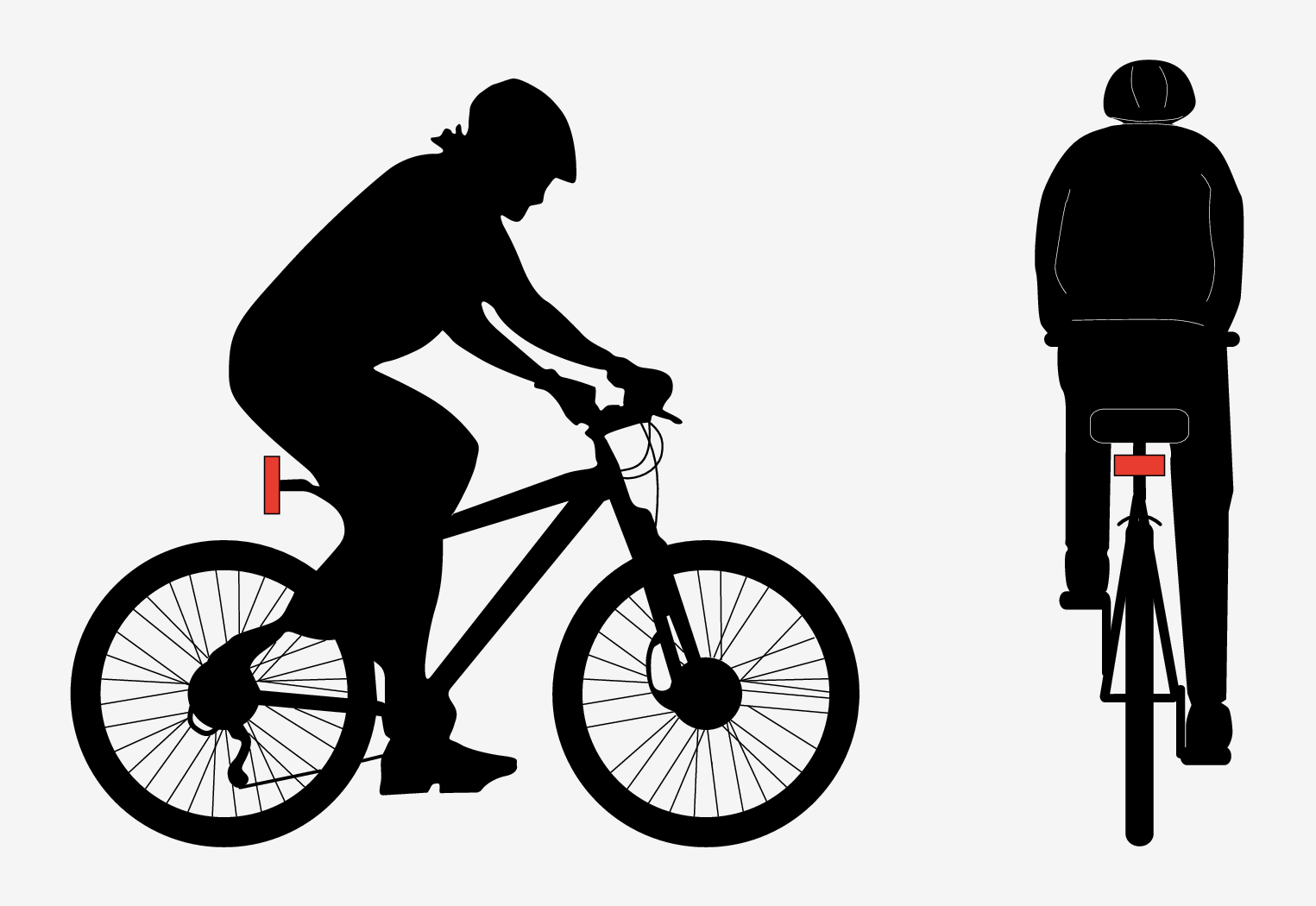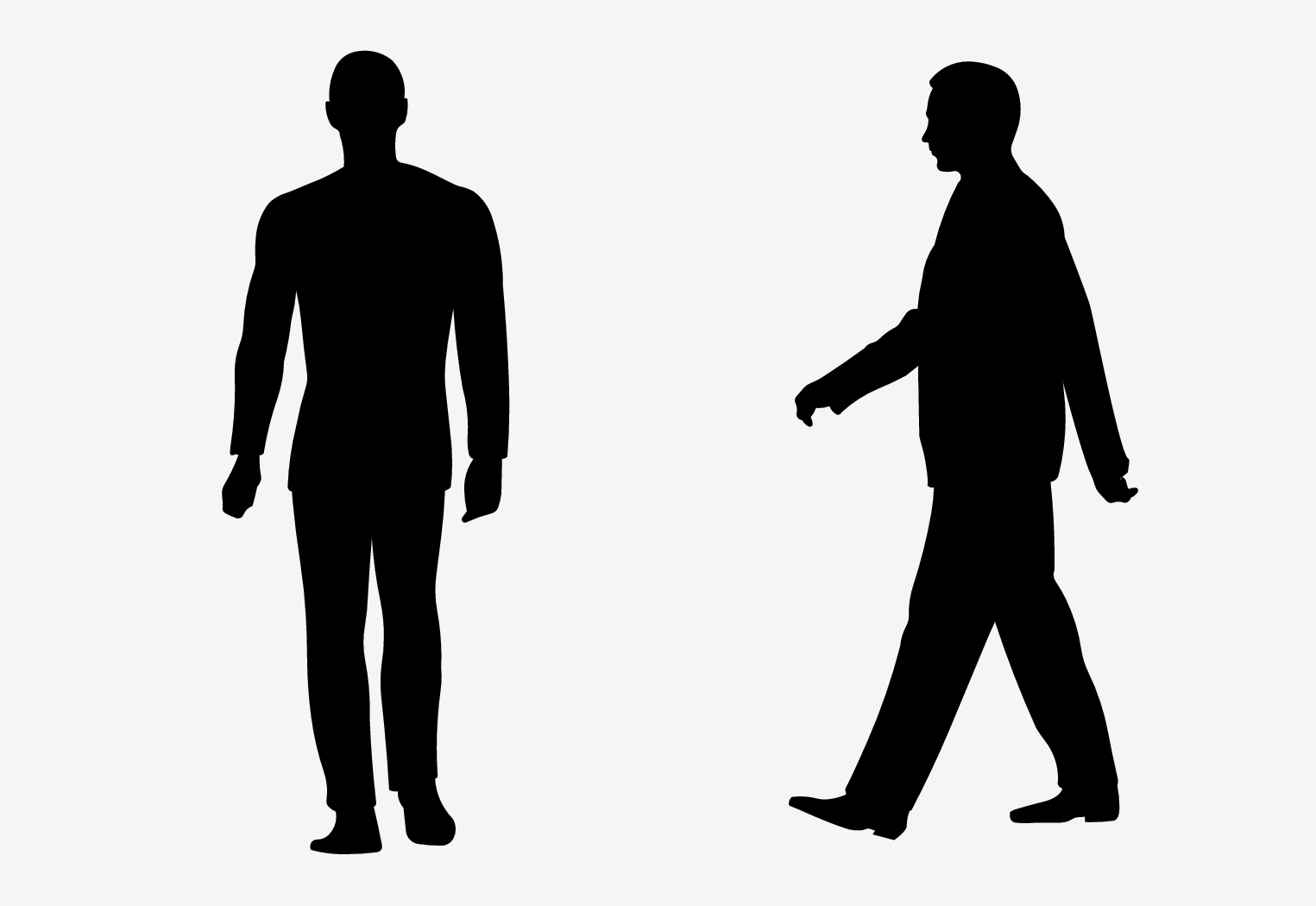Detecting obstacles with assistance during collision risks
The function can detect pedestrians, cyclists or vehicles that are stationary or ahead and moving in the same direction as your vehicle. The function can also detect pedestrians or cyclists crossing the road in front of your vehicle.
Warning
Vehicles
For the function to be able to detect a vehicle in the dark, its headlights and taillights must be on and clearly visible.
Cyclists

For good performance, the system's camera and radar units for cyclist detection need the clearest possible information about the contours of the bicycle and of the cyclist's head, arms, shoulders, legs, torso and lower body in combination with normal human movements.
If large portions of the cyclist's body or the bicycle itself are not visible to the function's camera, it will not be able to detect a cyclist.
The system can only detect adult cyclists riding on bicycles intended for adults.
Warning
- partially obscured cyclists.
- cyclists if there is poor contrast to the cyclist's background.
- cyclists in clothing that hides their body contour.
- bikes loaded with large objects.
Pedestrians

For good performance, the system's camera and radar units for pedestrian detection need the clearest possible information about the contours of the pedestrian's head, arms, shoulders, legs, torso and lower body in combination with normal human movements.
In order to detect a pedestrian, there must be a contrast to the background, which could depend on clothing, weather conditions, etc. If there is little contrast, the person may be detected late or not at all, which may result in a delayed reaction from the system or no reaction at all.
The function can detect pedestrians even in dark conditions if they are illuminated by the vehicle's headlights.
Warning
- partially obscured pedestrians, people in clothing that hides their body contour or pedestrians shorter than 80 cm (32 tum).
- pedestrians if there is poor contrast to the pedestrian's background.
- pedestrians who are carrying large objects.